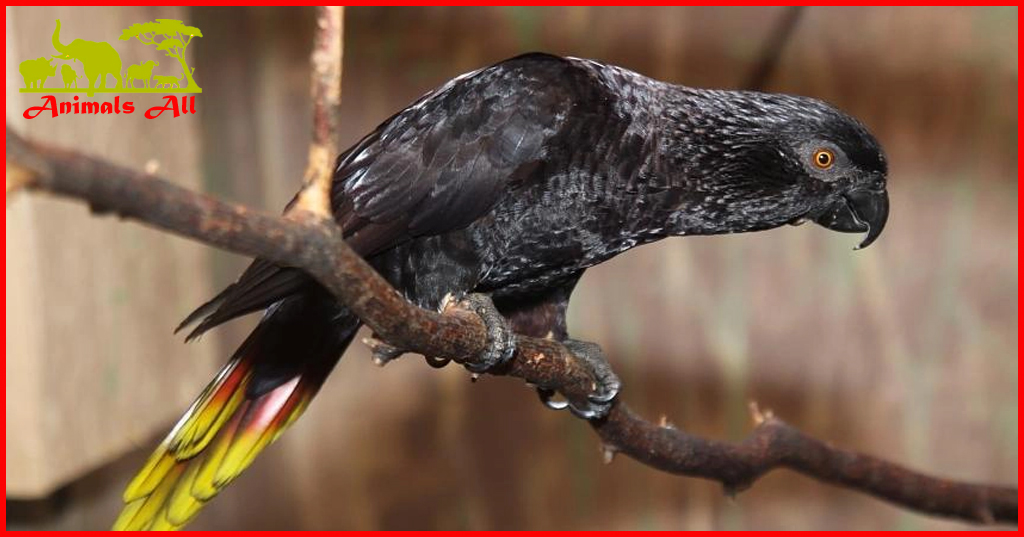
A detailed article about Black Lorikeet
The black lorikeet (scientific name: Chalcopsitta atra) has bright feathers and a shiny black body . Some subspecies have red spots . It mainly feeds on pollen , nectar and fruit. Its beak is longer than that of ordinary parrots . What’s more special is that its slender tongue has brush-like hairs, called a brush tongue, which makes it easier for the parrot to get food deep into the flowers. The internal structure of the body is also very special. They have a special digestive enzyme in their bodies to break down food. However, since the lorikeet does not need to digest grain feed, its gizzard is much weaker than other parrots in its ability to handle hard food.

The breeding of black lorikeets is uncommon. During the breeding season , the parent birds are very fierce and aggressive towards the owners. They lay 2 eggs at a time. The incubation period is about 25 days. The feathers grow after 3 months. Usually the parent birds take better care of the eldest. To ensure that all the young birds can grow up smoothly, it is best to catch them out of the nest and raise them by hand.
Appearance feature

The Black Lorikeet is 31–34 cm long and weighs 230–260 g. It is completely black, superficially resembling a crow. Even its exposed parts, such as the beak , skin and area around the eyes and jaw, are equally jet black. The tail has a bluish-purple hue. The feathers on the underside of the tail are olive yellow, with a slight reddish-brown tint at the base. The iris is orange-red and the legs are grey. Juveniles differ from adults in that the skin around the eyes and the base of the beak are white. The iris is grey. The three subspecies of the same genus can be derived from parrots of various vivid colours.
Habitat

It mainly inhabits lowlands and lives on plains, rarely exceeding 200 meters above sea level. It usually likes to move around in open tropical savannas , coconut plantations in coastal areas, moist forest edges, coasts near mangroves , swamp forests , eucalyptus woodlands, sparse bushes, etc., and sometimes gathers in large numbers on flowers and trees to forage.
Living habits
The black lorikeet is a relatively quiet species, sometimes gathering in large numbers on trees and flowers to feed. When it flies, it flaps its wings quickly, but not very fast. Artificially bred birds are very cute and playful, and are very friendly and obedient. Artificially bred black lorikeets are curious and lively. They are shy when first bred and are sensitive to changes in the environment. Once they adapt, they become strong. They are sometimes aggressive towards other species and love to take baths.
Reproduction method
In nature, most male birds engage in courtship behavior from December to January and February. During artificial breeding, the female bird will lay two white eggs, which will incubate for about 25 days. The male and female birds take turns incubating the eggs. The parent bird usually takes better care of the eldest. To ensure that all the chicks can grow up smoothly, it is best to catch them out of the nest and raise them by hand. The chicks will have fully grown feathers at about 74 days old, and the breeding season is particularly long. During artificial breeding, the parent birds are very fierce and aggressive towards their owners.

